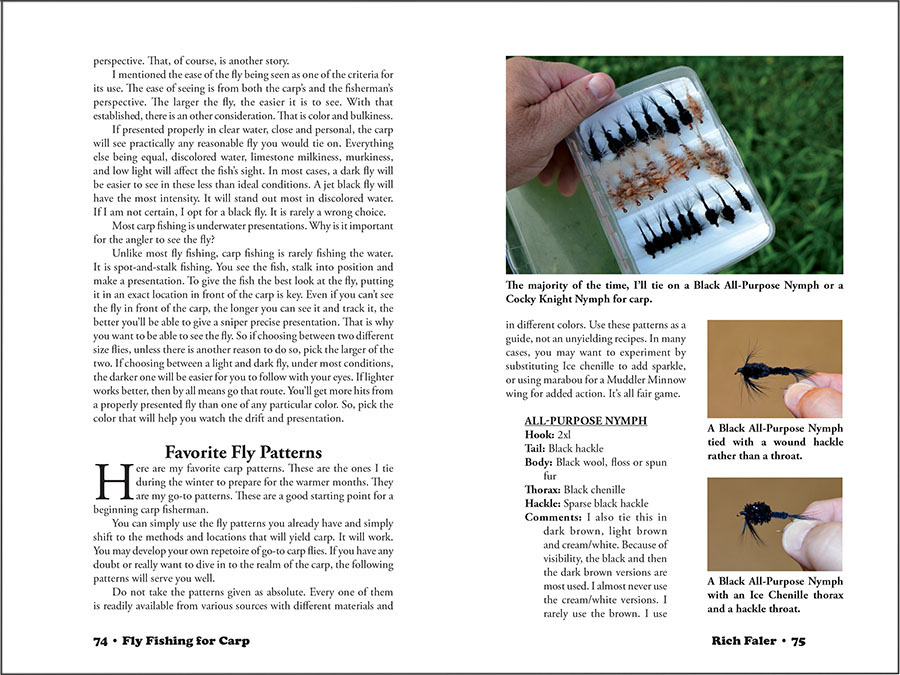
Whether you are producing a booklet of 24 pages or a monthly slick magazine, developing a style sheet for that publication is critical. One of the most important things in any publication is consistency. That consistency needs to permeate to every aspect of the layout. Here are some examples:
• Running footers or headers (the line below or above the main text body that holds the page number, title and so on) must be the same on all pages. They need to be the same typestyle, size and weight. If you have the book title on the left page footer, you may want the authors name or the chapter name on the right page footer. But do not vary from this treatment throughout the book.
• If the chapter titles are in all capital letters, make certain every one is all caps. If the chapter titles are all begun 2” down from the page top, then don’t allow some to go through to printing at 1-1/2” down. All chapter headings should be the same font, style and size. All should be centered, flush left, flush right, justified, or whatever.
• Subtitles will probably be smaller. They may be in color. They may be upper and lower case to set them apart from an all-cap main title.
• The space between captions and the photo or art they describe needs to be the same measurement for each one.
• Captions are almost always different from the main text body. The font, style and/or size will be different. But that difference should remain the same for each caption in the work.
• The main text should always be the same font, style, and justification throughout. Of course, part of that consistency may be quotes within the main text will be a different from the main text, but consistent for each quote.
• If photos have a drop shadow, or a border, make that the same for each one.
• The trim size, margin sizes, number of page columns, and other specifications need to be consistent throughout the project. There may be some leeway here for a few items like number of page columns. Especially in a magazine, some features may lend themselves to a different column structure – especially with certain graphic configurations.
These bulleted items are not all inclusive. There will probably be other specifications and considerations for most projects. The point is, however, that each project needs to have a structure and a treatment which doesn’t vary. Even if it’s a subtle thing that the reader will not consciously hone in on, it will often subsconsciously bug him. He’ll know something isn’t quite right and it won’t be comfortable for him.
A project style sheet will archive the parameters set for the publication and make the ultimate consistency attainable.
Depending upon how you work, a style sheet can simply be a legal pad with handwritten notes. Or it can be a computer file that is easily copied and adjusted. Use the method that suits your work mannerisms.
I usually begin by jotting down on paper the parameters as they pop up. That means the page trim size and then the margin sizes and location of running footers and/or headers are noted first. With these physical aspects established, I then develop the wording of the footers and headers. From here, chapter headings and subheadings body text, and captions are determined. As each item is established, it goes on the style sheet.
The style sheet is god! Until the layout is finished, the style sheet needs to be strictly adhered to. It is the one control giving your publication a professional, user friendly, appearance.
You may find a parameter you set on the style sheet needs changed. You can certainly do so. Keep in mind that the further along the layout is, the more likely a style change will cause problems. Make a style change when you are deep into the layout and you may not catch everything already done that is affected by that change. For this reason, the goal of uniformity and consistency, don’t make any style sheet changes on a specification unless you can really justify it. Then go through the layout immediately searching out affected items that need adjusted to be in line with that change.
If you are doing a series of books or publish a periodical, the style sheet from the first continues on to the subsequent publications. You do not need to reinvent the wheel, and shouldn’t. A periodical or book series needs treated like the pages within one publication – the specifications need to be constant from one to the next. It is also a form of branding.
With everything else involved in producing a publication, making a style sheet may seem like a tedious diversion from your goal. In the long run, developing a publication’s style sheet will assist in making a beautiful layout and be a time saver. It will be a major step in making your publication professional. •
